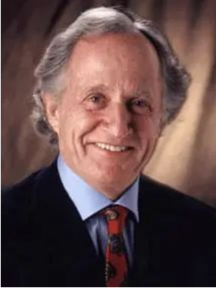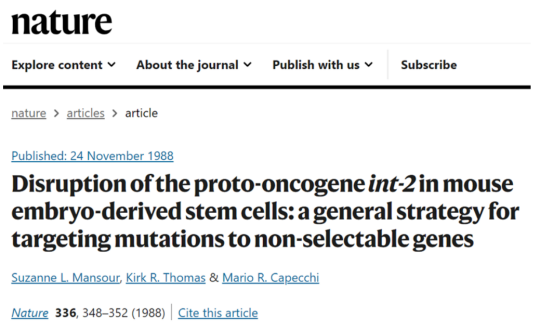Please click the button below to go to our email login page
|
From A Street Child to A Great Scientist, His Achievements are credit to it!Mario M. Capecchi from the University of Utah was awarded the 2007 Nobel
Prize for Physiology or Medicine for his foundational research on gene targeting
techniques.
From a street child struggling to survive to a world-renowned geneticist winning the Nobel Prize, Mario M. Capecchi has led a challenging life. He attributes his persistency in research to early wandering experiences, during which time a four-year-old child must have strong tenacity, concentration and independence to survive alone. Mario was born on Oct. 6, 1937 in Verona, Italy, at a time of extremes and turmoil. When Mario was four years old, his mother was imprisoned as a member of the organization of openly anti-fascist and anti-Nazi poets, and entrusted him to a peasant family. A year later, Mario was thrown out of the house and lived on the streets. The miserable wandering life has made Mario a tenacious person. In 1945, Mario’s mother was released. A year later, she found feeble and naked Mario, and got hold of her brother, Edward Ramberg, a well-known physicist living in the USA. Mario received formal education after coming to the USA, and worked hard to enroll into Antioch College. During his work-study program at Antioch College, Mario traveled to labs all over the country, finally attracted by the new-born molecular biology, and started exploration on molecular biology at the lab of James Watson at Harvard University. After 6 years at Harvard University, Mario took a post at the University of Utah and initiated genetic engineering research. In 1980, Mario found that micro-injection of DNA directly into the cultured mammalian cell nucleus can effectively insert exogenous DNA into genomes of host cells. However, how DNA is inserted into the genome is still unknown. Based on further research, Mario found that the process of DNA being inserted into genomes is not random, and the same gene copy is inserted into the genome from a single site in the same direction. Besides, Mario confirmed that homologous recombination can occur widely in somatic cells. Accordingly, Mario thought “since homologous recombination exists in each cell, can this mechanism be used to replace any specified gene? If the normal gene copy is replaced by a “broken” gene copy, can the knockout of a single gene be achieved? If this technique is applied to mice, it will be a strong aid to investigate the specific function of a single gene. Although these ideas excited Mario, he still conducted research on “cells”, because mouse embryonic stem cell technology was not yet available. Until 1986, the team of Martin Evans at the University of Cambridge in the UK developed embryonic stem cell technology. In 1989, the team of Mario successively cultivated mice with targeted gene mutations in their genomes, and published the “gene targeting” technique, which started a wave in the scientific community.
In 2007, Mario wore the medal of Nobel Prize for Physiology or Medicine representing honor, and left a mark in the history of world science. |


